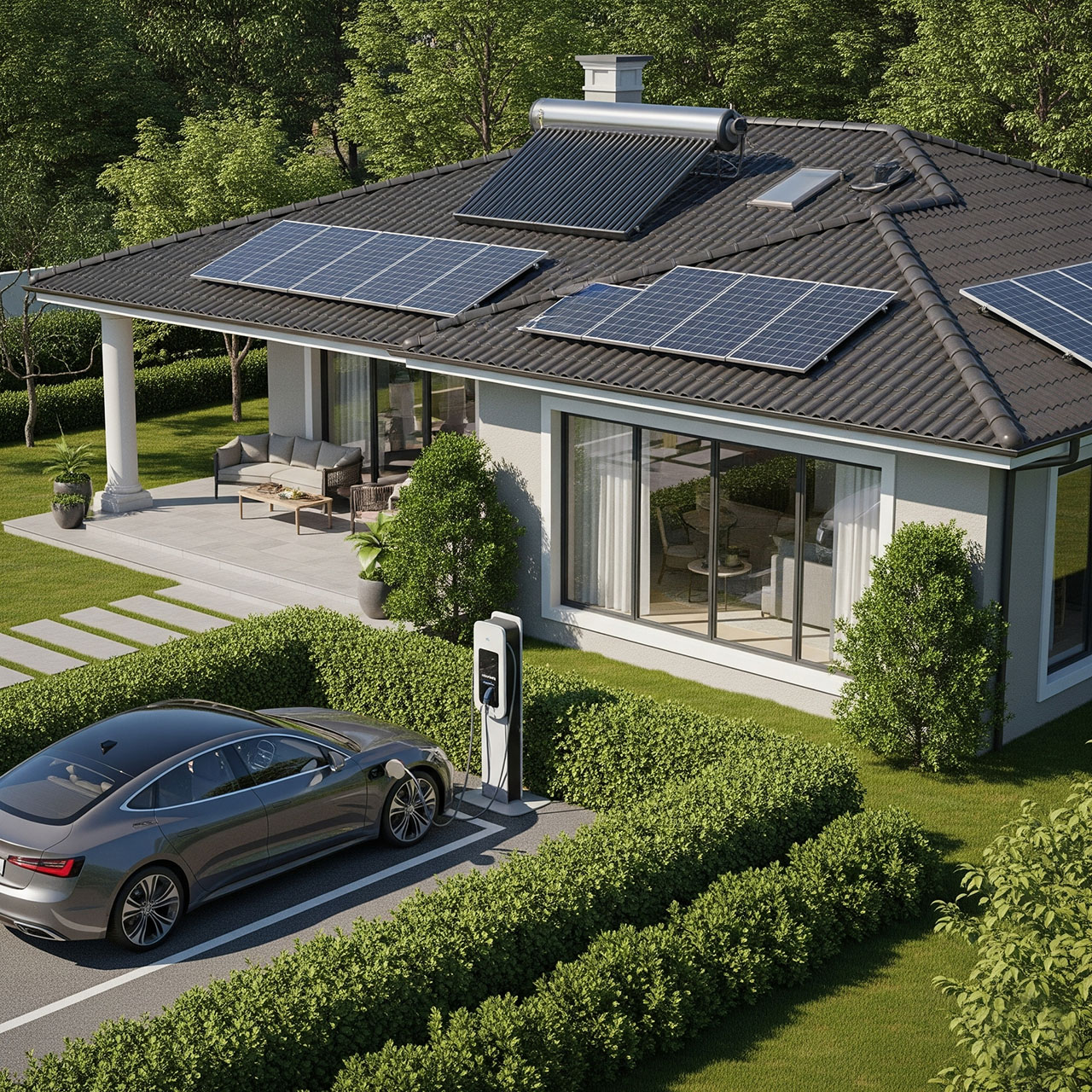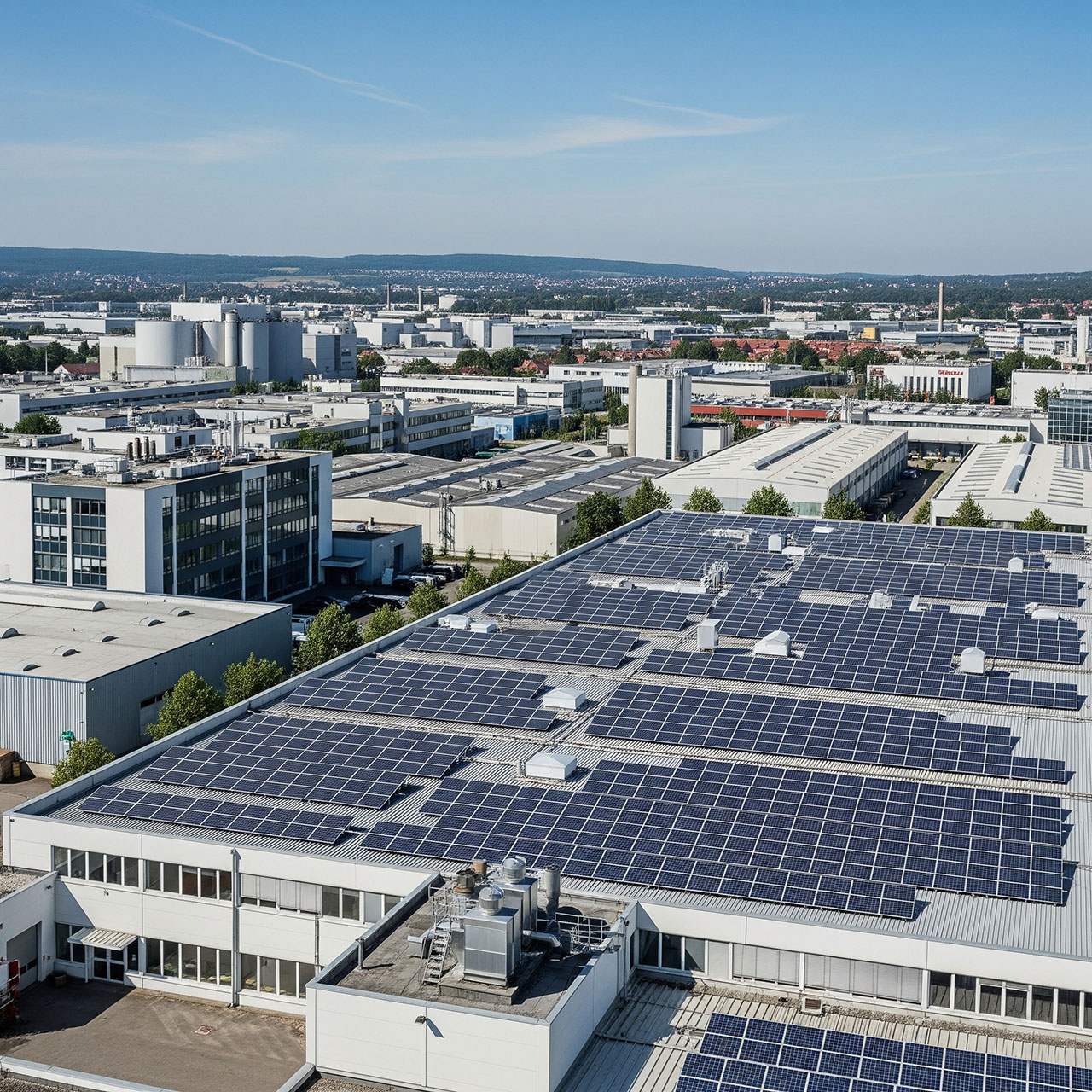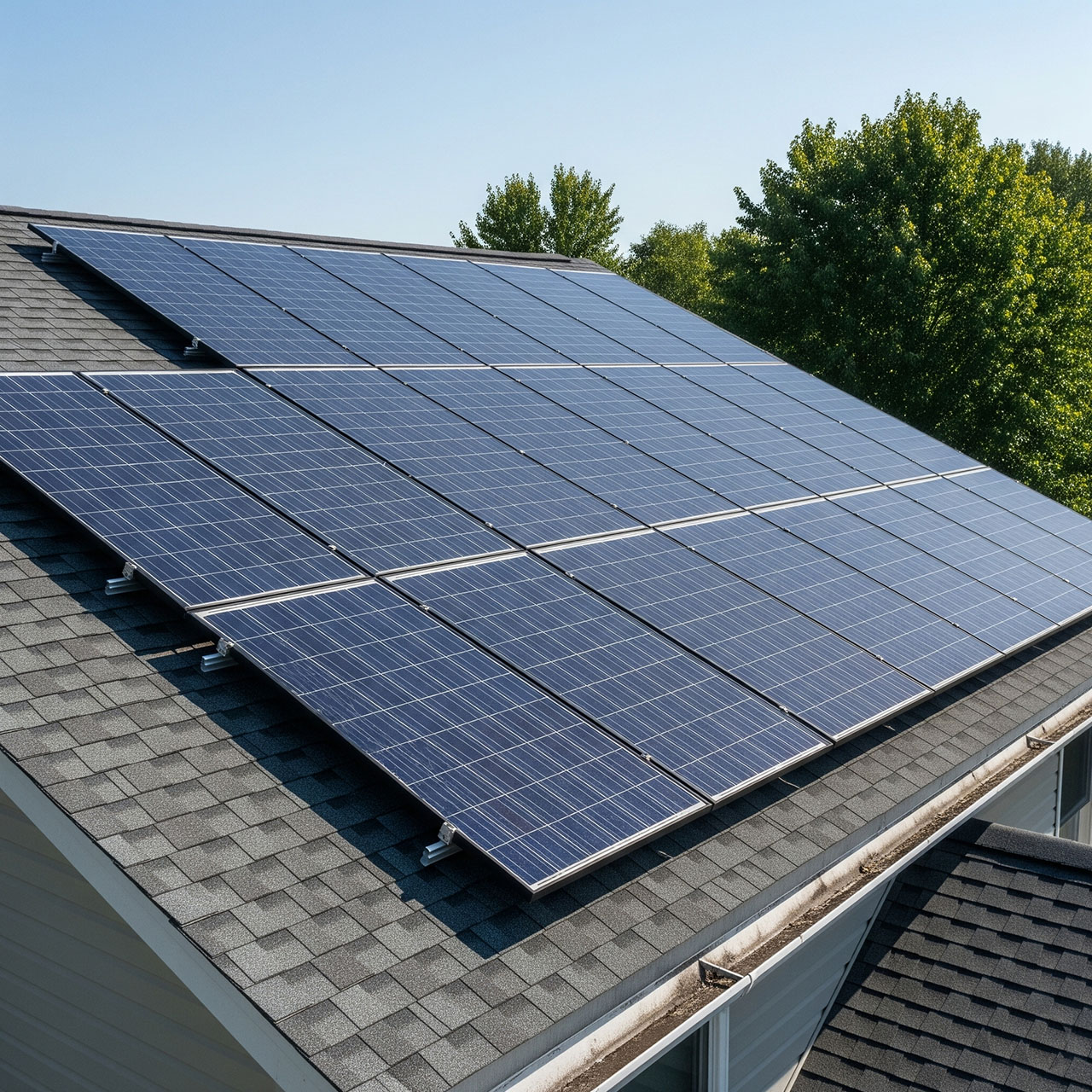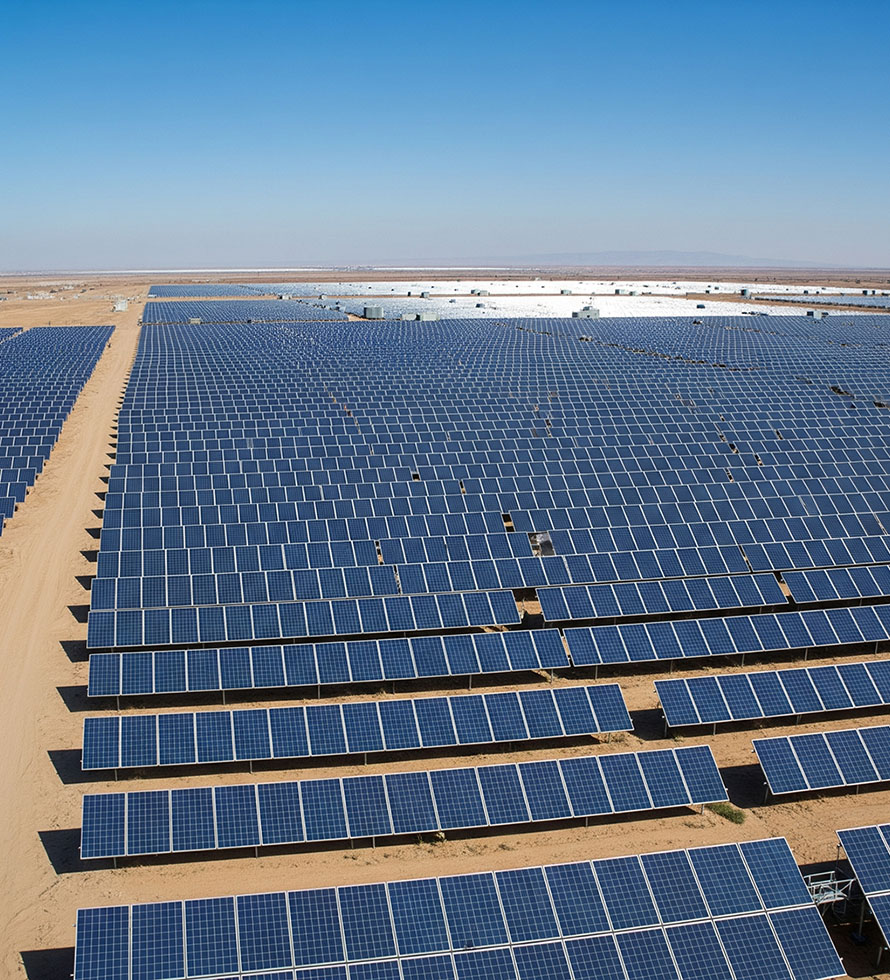Solar power systems offer diverse solutions for homes and workplaces, broadly categorized into "on-grid" and "off-grid" configurations. Both aim to harness the sun's energy, but they differ significantly in their connection to the public electricity grid and how they handle excess power.
On-Grid and Off-Grid Systems
On-Grid (Grid-Tied) Solar Systems:
These systems are connected directly to the public electricity grid.
- How they work: Solar panels convert sunlight into DC electricity, which is then converted into AC electricity by an inverter. This power is used to supply the home or workplace. Any excess electricity generated that isn't immediately consumed is fed back into the grid. When solar production is insufficient (e.g., at night or on cloudy days), the property draws electricity from the grid.
-
Key Features:
No batteries typically required
The grid acts as a virtual battery, absorbing excess power and supplying power when needed. This significantly reduces initial costs and maintenance compared to off-grid systems.
Net Metering
In many regions, a policy called "net metering" allows consumers to receive credits for the excess electricity they feed back into the grid. This can significantly reduce or even eliminate electricity bills.
Reliable power
You always have a consistent power supply, as you can draw from the grid if your solar panels aren't producing enough.
No power during outages
A major drawback is that on-grid systems typically shut down during grid power outages to protect utility workers.
- Ideal for: Urban and suburban areas with a reliable grid connection, where the primary goal is to reduce electricity bills and carbon footprint.

Off-Grid Solar Systems
These systems are entirely independent of the public electricity grid.
- How they work: Solar panels generate electricity, which is then used to power the property and/or stored in a battery bank. An inverter converts the DC power from the panels or batteries into AC power for appliances.
-
Key Features:
Energy Independence
Provides complete autonomy from the utility company, offering peace of mind during grid outages.
Requires Battery Storage
Essential for storing excess energy generated during the day for use at night or when sunlight is scarce. This adds significantly to the cost and maintenance.
Higher Upfront Cost
Due to the necessity of a robust battery bank and often a backup generator.
Suitable for remote locations
Ideal for areas where grid access is unavailable, unreliable, or prohibitively expensive to connect to.
- Ideal for: Remote homes, cabins, or businesses where grid connection is not feasible, or for those who desire complete energy self-sufficiency and protection against blackouts.
Grid Sales Solar Power Projects
Grid sales solar power projects, often referred to as "utility-scale solar" or large-scale solar farms, are significant installations designed to generate electricity and feed it directly into the main electricity grid.
- Purpose: These projects aim to produce electricity on a mass scale, which is then sold to utility companies or other large power consumers.
-
Mechanisms:
Power Purchase Agreements (PPAs)
Developers of these projects typically sign long-term contracts with utility companies, guaranteeing the sale of the generated electricity at a set price for a specified period (e.g., 5 to 20 years). These agreements are crucial for financing such large investments.
Types
Can involve vast arrays of ground-mounted solar photovoltaic (PV) panels or concentrated solar power (CSP) technologies that use mirrors to focus sunlight and generate heat for electricity production.
Contribution to the grid
These projects help diversify energy sources, reduce reliance on fossil fuels, and contribute to the overall clean energy supply of a region.
- Benefits: Support renewable energy targets, create jobs, and offer a sustainable source of large-scale power.

Solar Solutions for Homes and Workplaces
Solar energy offers a variety of solutions tailored to the specific needs of residential and commercial properties.
- Rooftop Solar PV: The most common solution, where solar panels are installed on the roof to generate electricity for household use.
- Ground-Mounted Solar: If roof space or orientation is not ideal, panels can be installed on a suitable frame in the garden or on open land.
- Solar Water Heating: Uses solar energy to heat water directly, reducing reliance on conventional water heaters.
- Battery Storage Integration: For both on-grid (hybrid systems) and off-grid setups, batteries can store excess solar energy for use during peak demand hours, at night, or during power outages. This maximizes self-consumption and energy independence.
- Electric Vehicle (EV) Charging: Solar systems can be integrated with EV charging stations, allowing homeowners to power their vehicles with clean, self-generated electricity.
- Smart Home Energy Management: Systems that monitor solar production and energy consumption, allowing homeowners to optimize their energy usage and potentially sell excess power at favorable times.

For Workplaces (Commercial and Industrial)
- Commercial Rooftop Solar PV: Businesses with large roof areas (offices, factories, warehouses) are excellent candidates for solar installations, generating substantial power and offering a significant return on investment.
- Ground-Mounted Systems: For businesses with ample land, large ground-mounted arrays can provide substantial power.
- Carport Solar Systems: Solar panels integrated into carports can provide shade for vehicles while generating electricity.
- Solar Process Heat: Uses solar energy to generate heat for industrial processes, reducing energy costs and emissions in manufacturing and other sectors.
- Energy Storage Solutions: Large-scale battery storage can help businesses manage peak demand charges, ensure power reliability, and participate in grid services.
- Sustainability and Brand Image: Adopting solar solutions enhances a company's commitment to environmental responsibility, improving its brand image and meeting sustainability objectives.
- Financial Incentives: Businesses can often benefit from various government incentives, tax credits, and feed-in tariffs (where available) for generating and selling solar power.
In summary, solar technology provides versatile and increasingly cost-effective ways to generate clean energy, catering to a spectrum of needs from individual home energy independence to large-scale grid power generation.





